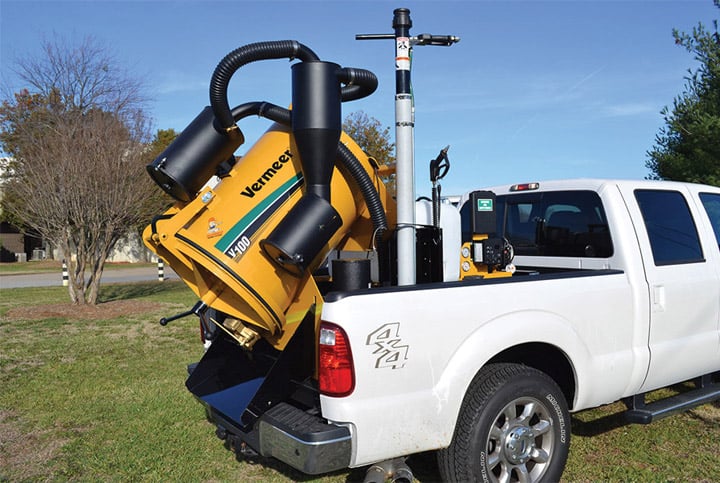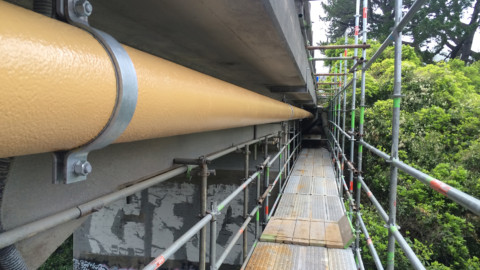Drilling Services Australia (DSA) has taken a strategic approach to procuring equipment for its involvement in the infrastructure boom in Queensland. This approach helps DSA to avoid risks, reduce unnecessary downtime and keep the project on schedule.
Established in 2010, DSA — operating under the Zarafa Group in Brisbane — offers excavation and drilling services to projects in the civil construction and utility industry.
Michael Zarafa, Director of DSA and the Zarafa Group, said the process of acquiring new equipment such as directional drills involves identifying the project’s core needs, as well as any potential problems that may arise.
“At DSA we have a General Manager, a project manager, a superintendent and project supervisors who strategically plan for each job and decide on the required equipment,” Mr Zarafa said.
“The telecommunications side of our business often uses the same equipment, but for markets like water, gas and renewable energy, the equipment needs to be more specialised which requires more research. This equipment is then handpicked to fit the requirements.”
DSA recently purchased another vacuum excavator to head the NDD division of Zarafa Group business.
Zarafa Group believes that safety is number one and so the Vermeer VSK100 Truck-Mounted Vacuum Excavator is the fifth piece of NDD equipment in its fleet.
Eliminating risks with vacuum excavation
DSA identified some of the potential risks associated with traditional excavation methods in the TPG rollout project; Vermeer’s VSK100 provided the solution.
Traditional excavation methods can pose numerous threats to nearby underground assets, as pipes can be punctured or powerlines damaged.
This can disrupt services and in some cases pose safety risks to the machine operator.
“We identified that there is a risk of hitting underground assets if we use mechanical excavation around the pits. If this occurs, it could disrupt services, cause massive delays and be costly to reverse,” Mr Zarafa said.
“To avoid this we bypassed mechanical excavation altogether and chose a vacuum excavation truck instead.
“It eliminates the risk of damaging any services and is actually more productive because it drastically reduces manual digging and is low impact.”
Gaining a competitive edge
DSA uses directional drills such as the Vermeer D20x22 and D80x100 in addition to its vacuum excavators to stand out in the competitive telecommunications sector.
“The telecommunications industry is booming at the moment, not just with the NBN, but also with TPG rolling out its network. The D20x22 is being used regularly for these types of projects across the board,” Mr Zarafa said.
“It’s one of the most versatile machines we have because it has a small footprint and a lot of power.
“Believe it or not, we actually drill some soft rock with this machine as well, it is a really important part of our fleet.”
Keeping up with maintenance
Mr Zarafa said Vermeer’s proactive after-sales support and scheduled maintenance were major factors in choosing Vermeer equipment over other manufacturers.
“When we’re working with tier 1 contractors such as Downer and CPB, we have to prioritise quality as well as turnover when we’re picking equipment.
“The industry is very cut-throat, when you need something you need it right then. Demand is one of the things you have to manage correctly and Vermeer has been very competitive with their turnaround.
“It’s all about how they manage themselves and their clients. Everyone has issues, but the way that Vermeer manages and handles any challenges we have is a big point of difference.
“We will continue to use Vermeer because they produce outcomes that help our business succeed. If our machinery is working at its full potential it allows us to be productive and get jobs done effectively — that is an important outcome.”
This partner content is brought to you by Vermeer. For more information, visit www.vermeer.com.au
















